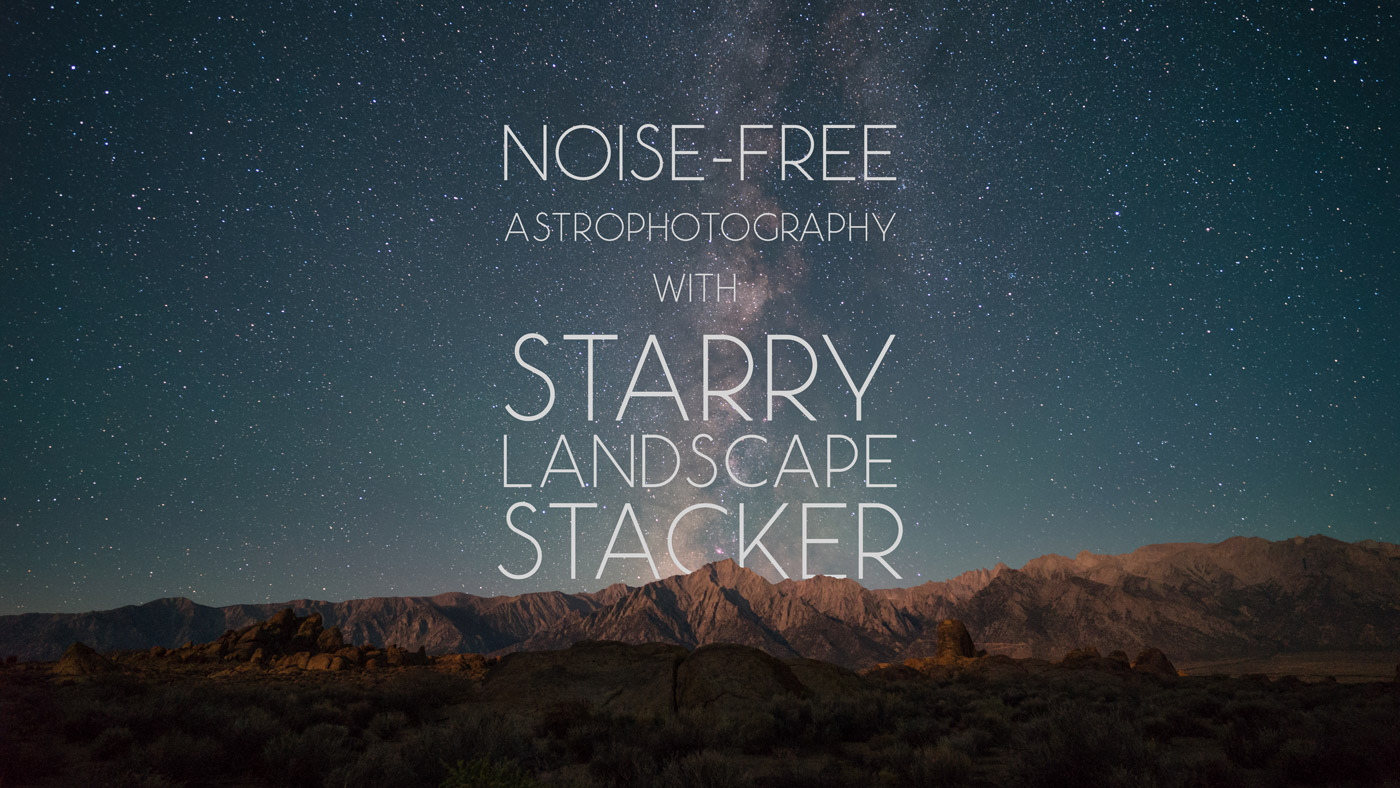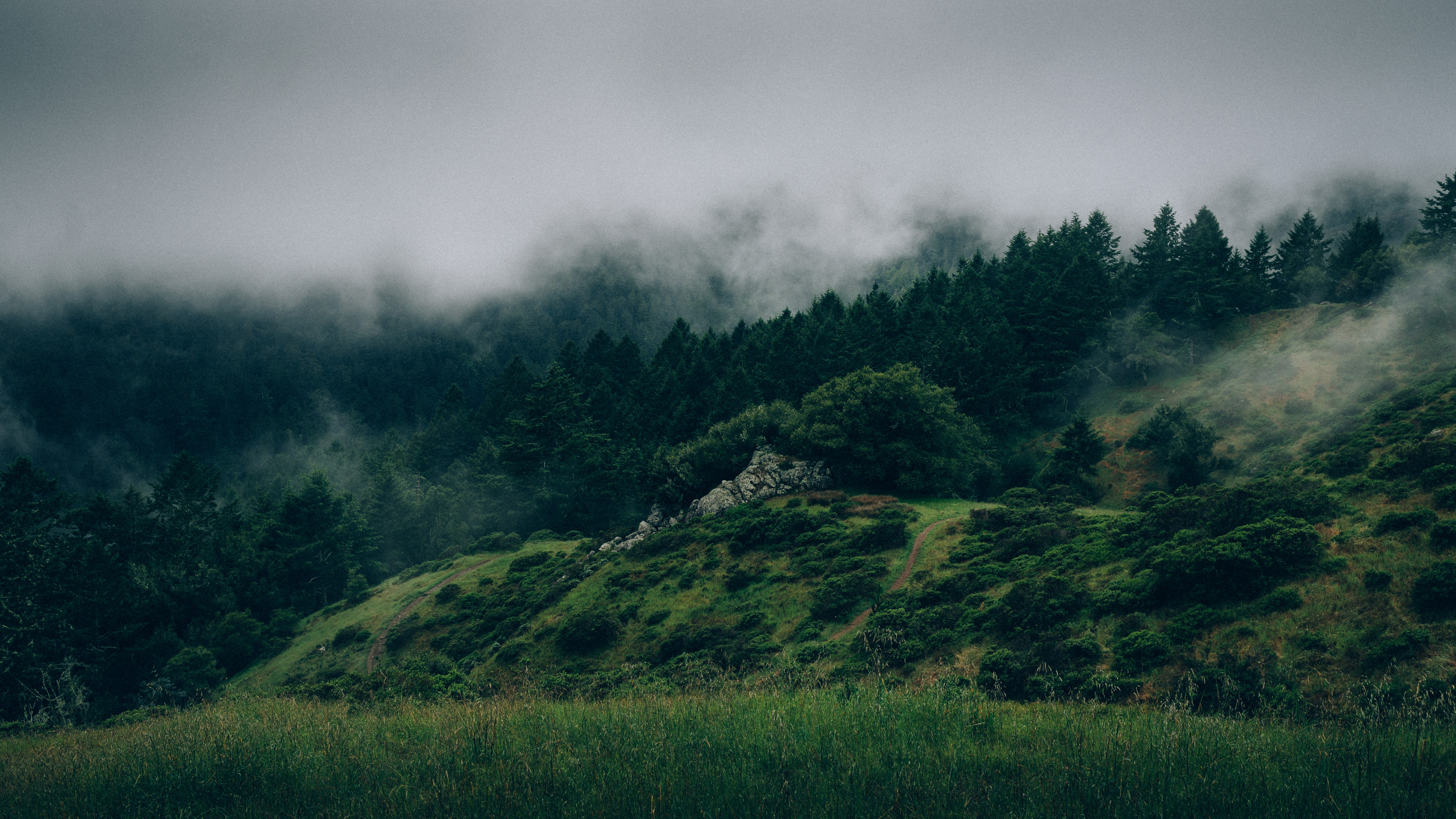

Remember, the other photo had all this turned down to help Starry Landscape Stacker do its magic. In post-processing, you can bring out quite a bit of the stars through careful use of contrast, color correction, de-hazing, clarity and detail.
#Best image stacker for mac iso#
I don’t usually don’t end up using the mask because I create my own masks for blending in low ISO foregrounds. This will also save the image with and without a mask. When satisfied, go ahead and click Align and Composite. If it’s an issue with your mask, the program allows you to go back and work on the mask some more, saving what you had previously. If you’re not sure, you can always save several of the choices and closely examine them later. If the program or your mask creates anomalies or distortions, it will typically be just above the horizon line. Look very closely, especially along the horizon line, to see what appeals to you. Sometimes, I prefer a different one from what I’ve used before. I don’t always save the image using the same algorithms.

Toggle back and forth between several of the different options to see what is most appealing. Starry Landscape Stacker will give you several different options depending on which algorithm you prefer. Go ahead and save your final output image as a 16-bit TIFF file. This typically does not take very long.Īfter processing, your app will align all the stars and produce an image that should look like your single Milky Way photos, only with a little less noise. You will see the program aligning the images with one particular image, which will show in a small dialog box at the top of the application. You can zoom in to see the actual pixels and control the size of the brush, similar to other photo editing programs. If the mask is wrong, paint in more of the sky or erase it from the foreground. Blue sky maskĬlicking Find Sky will result in a blue mask in what Starry Landscape Stacker thinks is the night sky. Above, I’ve also added some more in the arch of the rock formation. Add some more quickly around the edges of the sky and along the foreground and anywhere else there are stars. Your sky should be covered with red dots, each one allegedly representing a star. The stars will trail and it will be covered in red dots.

In Starry Landscape Stacker, select your ugly looking TIFF files. They will then be ready for stacking! Stacking sky images Brightening through Highlights and WhitesĪfter prepping all identically, export these hideous looking images as 16-bit TIFF files.Adding color through Vibrance, Saturation and HSL.



 0 kommentar(er)
0 kommentar(er)
